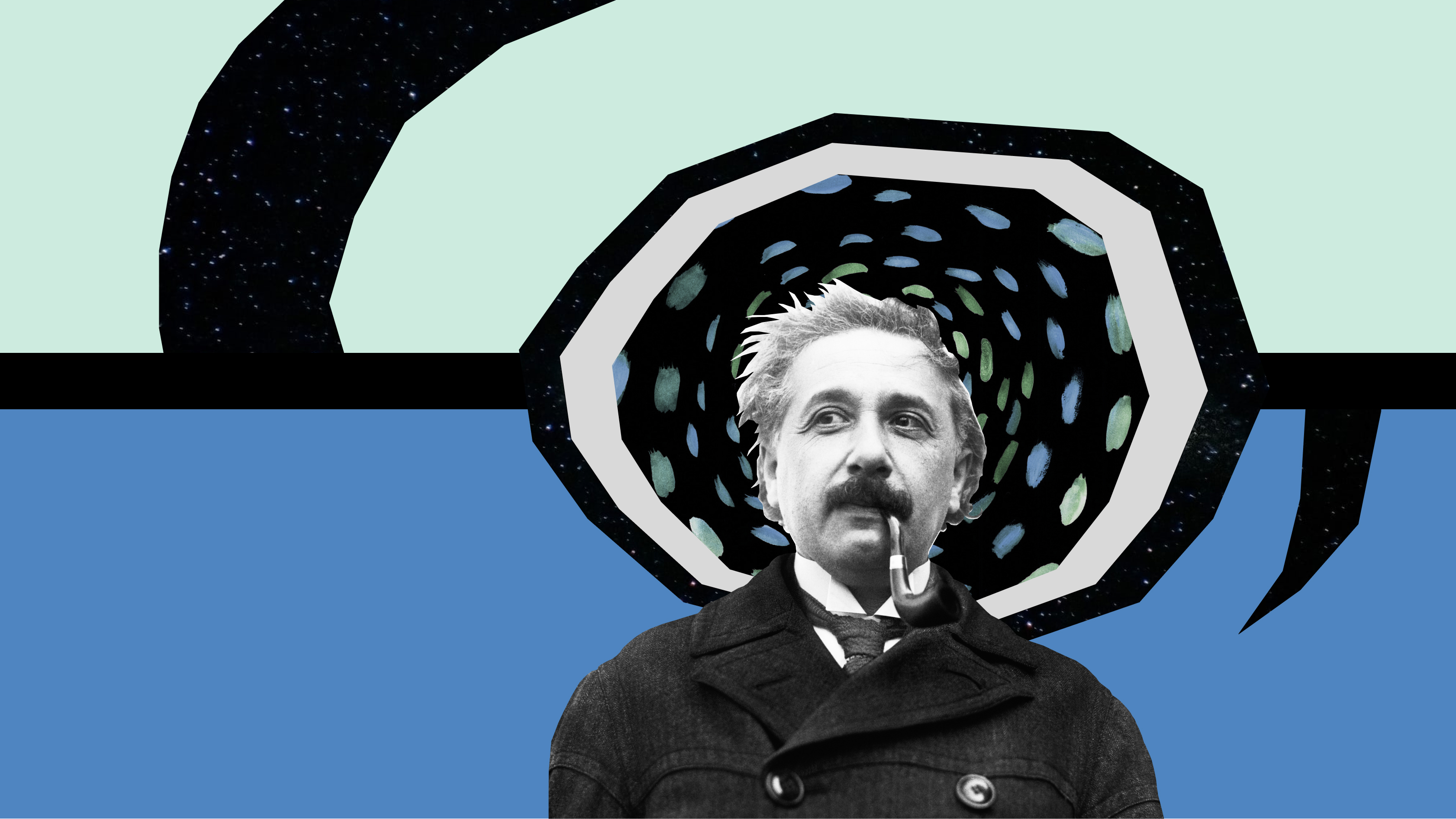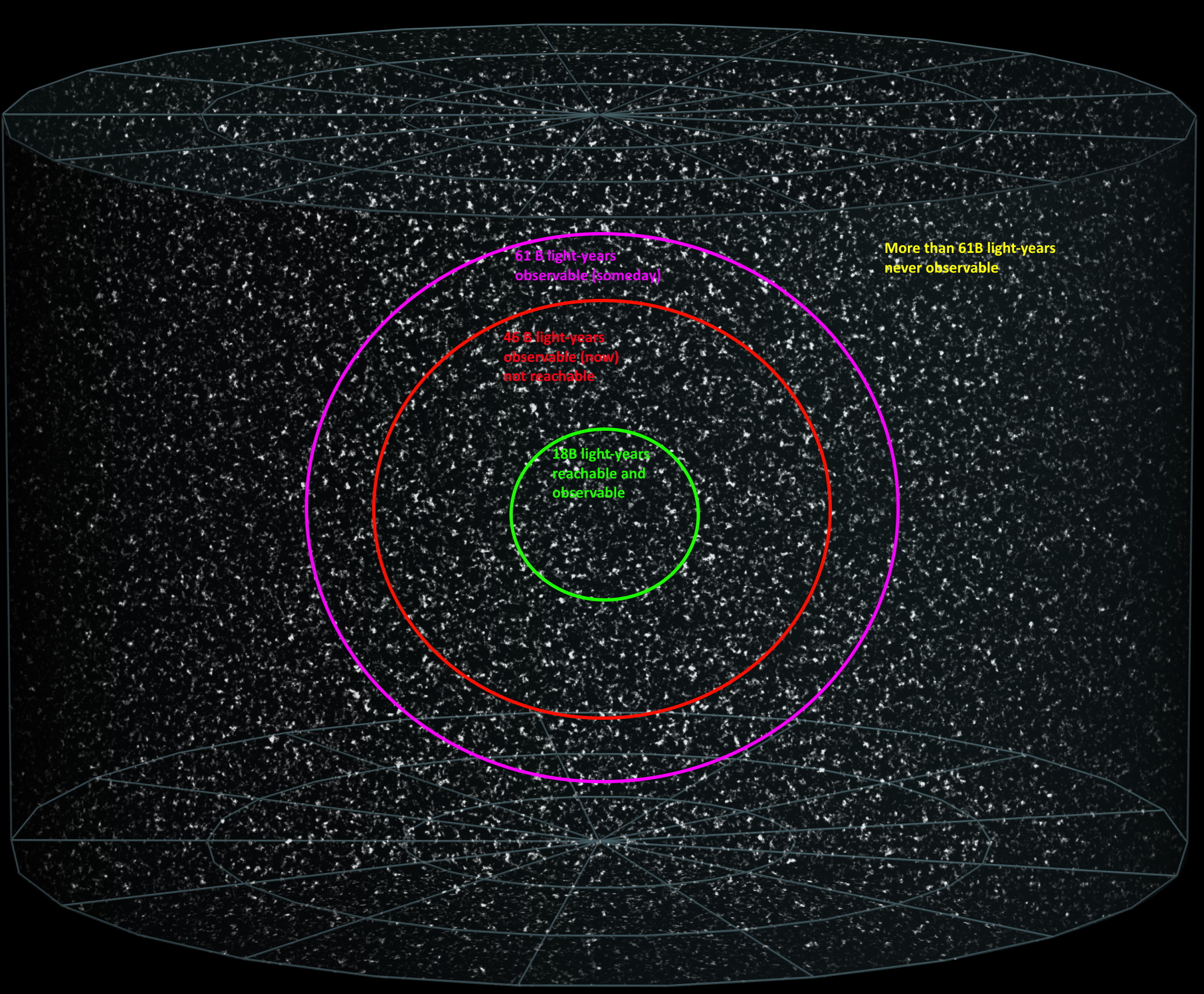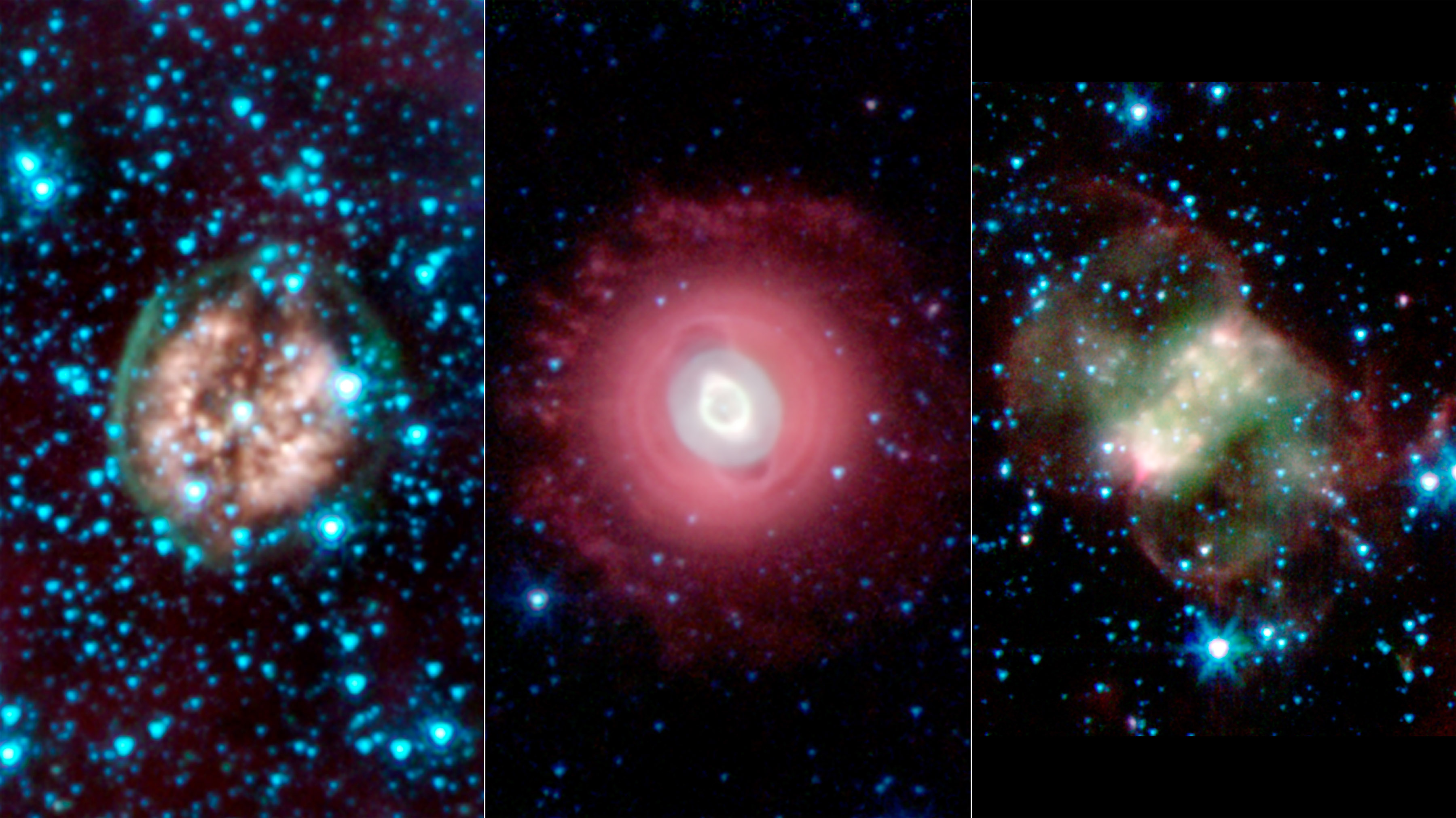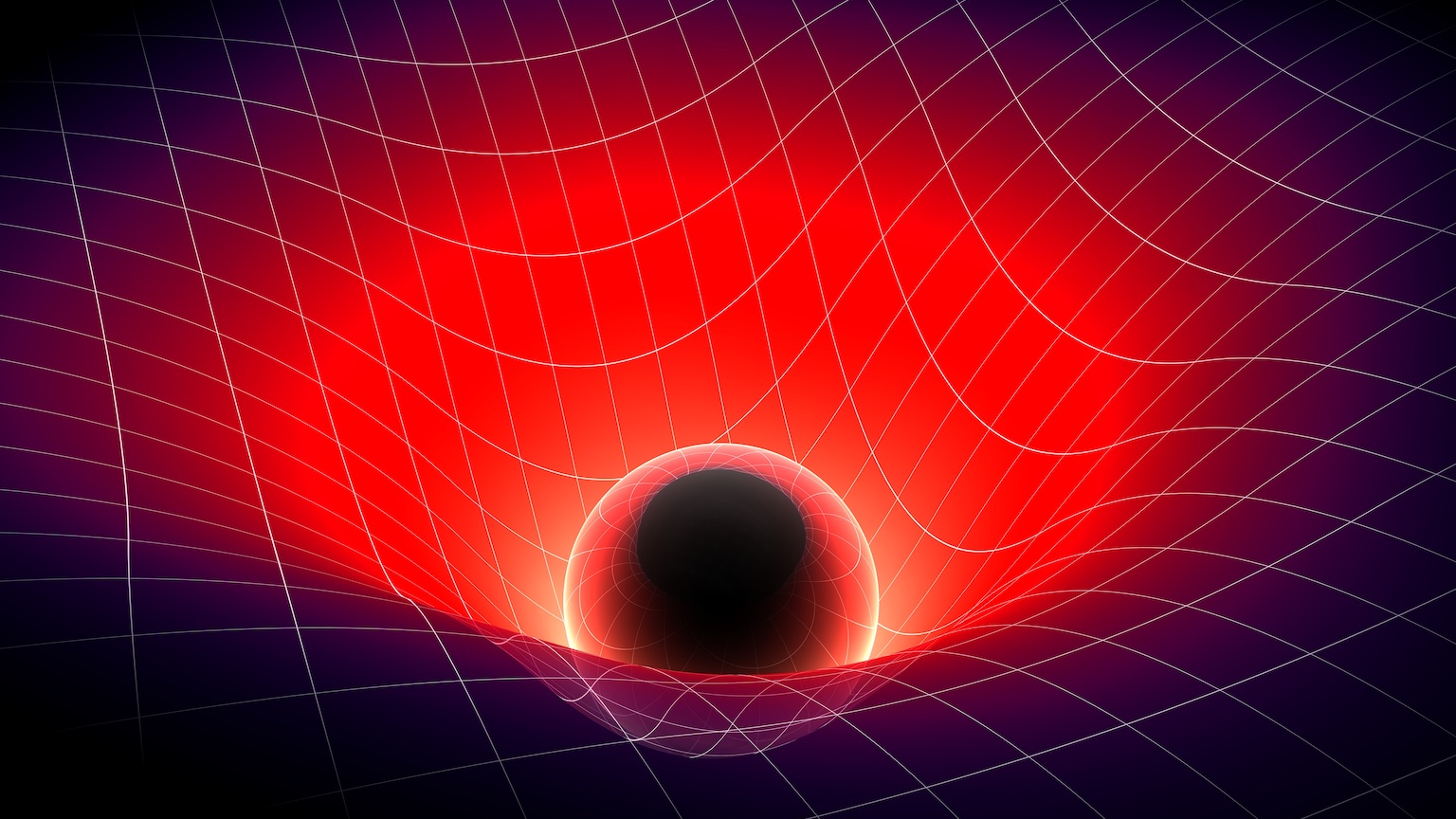The Big Bang says nothing about the creation of the cosmos
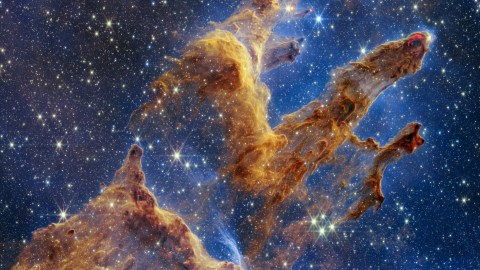
- We are often told that the Big Bang is a theory of cosmic creation.
- But in reality, cosmology says nothing about how the cosmos came to be.
- The Big Bang Theory is remarkably successful at describing what happened after the beginning, providing a detailed roadmap for how a super-high-temperature, super-high-density Universe expanded and cooled.
Images taken by the James Webb Space Telescope show galaxies forming early in cosmic history, and they have been making plenty of news. Pictures of mature galaxies in a baby Universe shocked many cosmologists because they defy established theories about galaxy formation and cosmic history.
Unfortunately, some media outlets have taken these images out of their context, reporting that they disprove the Big Bang itself. This could not be further from the truth, but the hubbub gives us a good opportunity to explain what the Big Bang Theory is actually about. There are plenty of surprises in the story.
Primeval absence
We are often told that the Big Bang is a theory of cosmic creation — that it tells us how the Universe was created out of nothing and went on to evolve into all the galaxies, stars, and planets. The problem with that characterization is that only the second part of it is true. Yes, what we call the Big Bang is a theory of cosmic evolution. But the Inflationary Universe standard model that guides cosmology says nothing about cosmic origins. The birth of space, time, matter, and energy is simply not there. A little history will help us understand why.
The Big Bang’s first theoretical incarnation originated with Georges Lemaître, a shy Catholic priest and physicist. Lemaître had made a name for himself by showing that Einstein’s general relativity could easily account for Edwin Hubble’s famous finding that the Universe was expanding. Having caught the cosmology bug (there were very few scientists working in the field back then) Lemaître went further, proposing an idea he called the primeval atom.
Even then, Lemaître understood a problem that still haunts cosmological accounts of the Universe’s origin. It is an issue called Kant’s First Antinomy. Two centuries before Lemaître, the philosopher Immanuel Kant asked how the Universe could be explained through a deterministic cause when it must be the very thing that embraces all causes. Since the Universe encompasses all things and, therefore, all causes, what can exist outside of it to set the Universe in motion?
Lemaître got around this by using the new science of quantum mechanics. In his description, all matter and energy were initially in the form of a giant cosmic atom. Lemaître knew that quantum mechanics had already shown radioactive atoms can decay at any time without an actual cause. (Large groups of such atoms do decay along strict, statistically measurable times.) So, Lemaître reasoned, the primeval atom jumped over the problem of Kant’s First Antinomy by decaying spontaneously. The products of that decay then decayed into further decay products that decayed as well, finally leaving us with all the particles we see today.
Of course, this is not the way cosmology tells the story now. But Lemaître already knew that his formulation did not really solve the First Antinomy, because it did not explain where the primeval atom came from.
Cosmic silence before the Big Bang
As Lemaître would argue to critics of his idea, he was not saying how the Universe originated. From his point of view, the primeval atom could have sat around for eternity and never decayed. He sought to provide an explanation for how the Universe instead began its evolution into its present state. Uncertainty was built into the very foundations of quantum mechanics, and that allowed Lemaître to get by without specifying a cause for the Universe’s evolution. However, he could also not explain where the stuff that was evolving came from.
These days no cosmologist would talk about primeval atoms. Instead, they talk about various quantum fields that pervade the early Universe. But the basic point about evolution vs creation is the same. Big Bang cosmology does not describe the Universe’s creation. It describes what happens after creation. It does so with spectacular success, giving a detailed roadmap for how a super-high-temperature, super-high-density Universe expanded and cooled, leaving us with everything we see today.
By itself, the Big Bang never tells us where it all comes from. If you want to know how the Universe was actually created, you need something else, something more. Maybe you want to say the cosmos always existed and we are just one turn of a cyclic Universe. Maybe you want to come up with some exotic new mechanism that can create something from nothing. (Beware of this one, people have stumbled hard on it.) But whatever mechanism you envision, it will be an addition to the Big Bang we have now, because that theory is silent on the question of creation.
